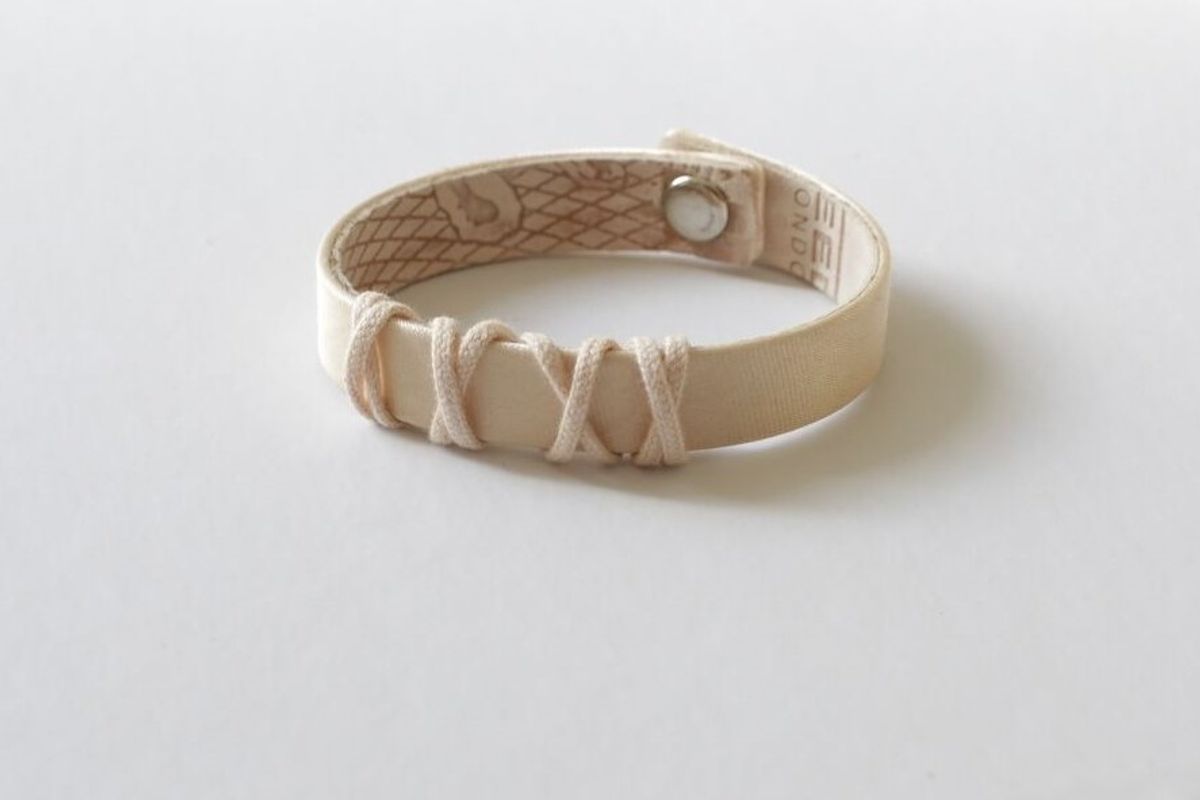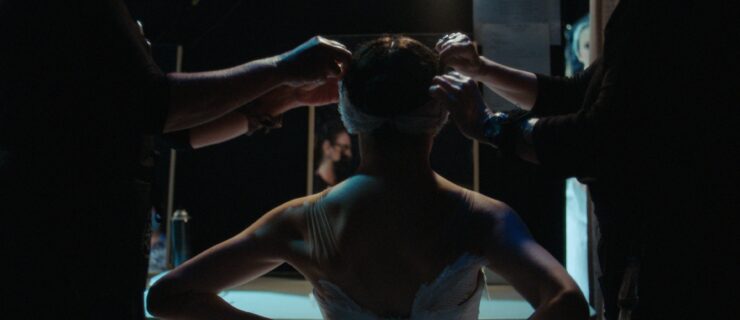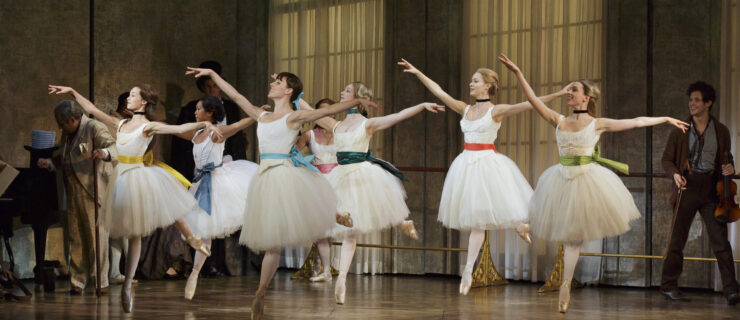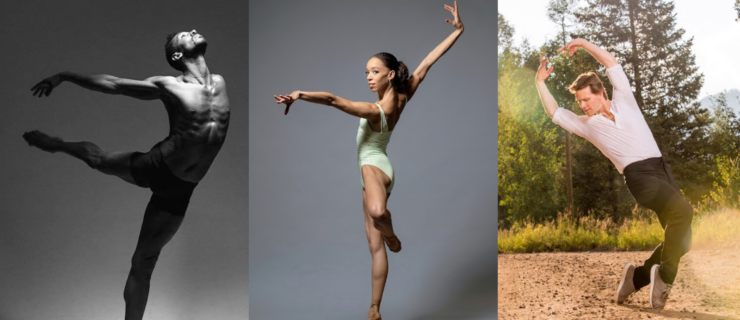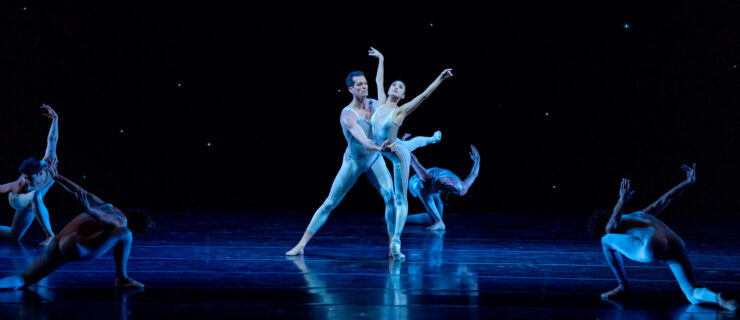Sustainability + Ballet = Petit Pas, the New Company Dedicated to Upcycling Used Pointe Shoes
Have you ever looked at the ever-growing pile of dead pointe shoes in the corner of your closet, unsure of what to do with them? It seems wasteful to throw them out, but they can’t be recycled. And many dancers feel a sentimental attachment to their old shoes and want to hang onto them. This is where Petit Pas comes in. This new New York City-based company is dedicated to finding a second life for pointe shoes, creating bracelets and other items out of discarded shoes.
Petit Pas was born in 2017, when mechanical engineer and adult ballet student Ozgem Ornektekin attended a talkback with Wendy Whelan following a screening of the film Restless Creature. Whelan told the audience that at the height of her career she went through one to four pairs of shoes a day. As a sustainability expert, this struck a cord for Ornektekin. “I looked online, and nobody had created methods to recycle them,” she says. The pianist Leo Shih, whom Ornektekin had met in Peter Brandenhoff’s ballet class, offered to bring her a pair of dead Freed shoes from School of American Ballet to experiment with. A latecomer to ballet, Ornektekin was looking at the pointe shoe industry with fresh eyes; she shared her frustration with her classmate Marica Rizzo, a marketing expert who had recently returned to dance, and Rizzo jumped on board to help her explore recycling options.

A shot from Ornektekin and Rizzo’s first attempt to disassemble a pointe shoe
Courtesy Petit Pas
Ornektekin and Rizzo’s first step was to dissect the shoe. “We tried so many things,” says Rizzo. “We tried to steam it apart, then we tried pulling it apart, then we used a hand saw.” They wondered if the unique parts of the shoe could be recycled, and Ornektekin reach out to her contacts in the New York City government to get more information. She learned with Freed shoes, that the nails can be recycled as metal and the box is made of papier-mâché with organic glue and can be recycled as paper, leaving the satin, leather and drawstring. That left them with a new plan: Upcycling, the process of reusing items in a way that creates products of higher quality than the originals.
The duo’s first thought was to turn the materials into handbags, but after speaking to an atelier in New York City’s garment district, they decided to start with bracelets. They employed a designer to create a few mock-ups; one of those original designs, now called the Demi Pointe, is still available, along with two other designs: the En Pointe and Solewrap. Limited edition designs are also available each season; right now the brand is featuring the Cabriole, which is designed to appeal to a male clientele. Currently, the company receives the bulk of its shoes from SAB, thanks to a partnership with the school and with Freed. Ornektekin picks up a bag of dead shoes from the school each week and brings them to the atelier, where they’re sanitized and pulled apart. Each of the designs starts with the leather soles of the shoe as its base; the Demi Pointe and the En Pointe styles are double sided with satin, and the En Pointe also incorporates the shoe’s drawstring. Petit Pas also makes the Coupe, a satin coin purse perfect for storing bobby pins. Petit Pas’ products are available on Etsy and at the Freed store in New York City; as of next week, the company is extending sales to the UK. Though they currently work only with Freed, Petit Pas is in the process of expanding, and are starting to take limited custom orders from dancers looking to find a second life for their personal collections.

Modeling Petit Pas’ Solewrap and Cabriole designs
Courtesy Petit Pas
The next step for Petit Pas is patenting their process so that they can teach people around the world how to make these bracelets themselves. In the meantime, they’re working with dance schools and individuals to organize pointe shoe drives. They hope that eventually any profits from upcycling will help dancers defray the staggering costs of new shoes. Rizzo also urges dancers to figure out creative ways to give more life to the items they use, like reusing ribbons and elastics from old shoes, or organizing a dancewear swap. “This is where innovation has to come from,” she says, “bringing two worlds together, and creating something new.”
Though dancers can feel a strong emotional connection to their pointe shoes, Petit Pas’ founders want them to remember that letting go of their old shoes makes way for new art. “It’s important for them to understand that their art form continues,” says Ornektekin. “It just expands to other people.”
